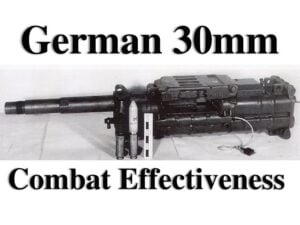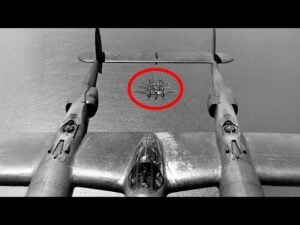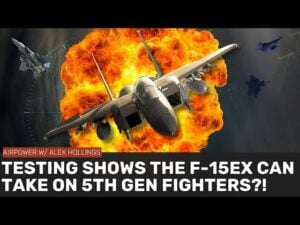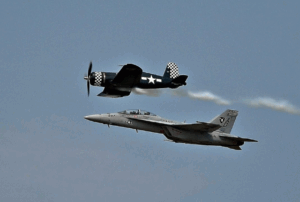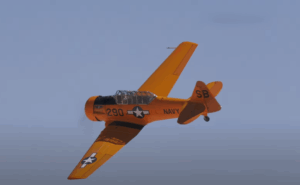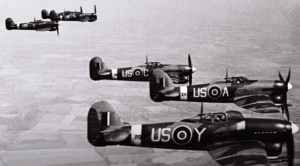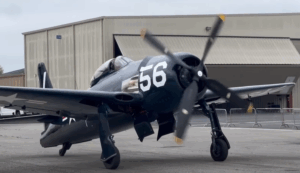The Story of the Youngest Pilot Who Shot Down 10 Planes During His First WWII Battle in 1942

The Hard Era / YouTube
A New Kind of Pilot
During World War II, aerial reconnaissance became an important part of how armies gathered information and planned attacks. While armies had always relied on scouts on the ground, flying over enemy positions gave commanders a much clearer picture of what was happening. In the early 1940s, the Soviet Union was forced to improve this skill quickly. The German forces had already developed strong aerial scouting methods and used some of the most advanced aircraft available.
At the start of the war, the Soviet Air Force had very few trained specialists in aerial reconnaissance. There weren’t enough trained pilots, and there was also a lack of photo interpreters—people trained to study aerial photographs and identify targets or enemy positions. The Soviet military command recognized that if they didn’t solve this problem, they would struggle to keep up with their enemy’s rapid movements.

Training the Eyes in the Sky
By late 1941, Soviet commanders, including Marshal Georgy Zhukov, began organizing special schools to train new aerial reconnaissance crews. One important training center was formed in the town of Davanovo. It brought together the aviation school in Taganrog and another that focused on photo equipment and image analysis. These schools produced a new type of pilot—not one focused on dogfights, but one who would fly deep into enemy territory, take photos, and return with valuable intelligence.
These pilots were later assigned to newly formed reconnaissance aviation regiments. Many of these new regiments came from existing bomber or assault units, which were now being used not to drop bombs, but to collect information. By 1942, these specialized units were operating in areas such as Donbass and Ukraine. One bomber regiment flying P-2 aircraft was turned into the 39th Separate Reconnaissance Aviation Regiment, highlighting how the Soviet command was adapting.

Modifying Planes for New Missions
One of the major breakthroughs in 1942 came when the Soviets began modifying the P-2 dive bomber to carry cameras in its bomb bay. This allowed pilots to take detailed photographs while flying over enemy lines. These photos were later used to make maps and mark troop positions, artillery sites, and fortifications. This gave commanders the tools they needed to plan better and avoid unnecessary risks.
To make these missions successful, pilots also had to master new flying techniques. They began flying at night or during poor weather conditions to avoid detection. They learned how to perform visual reconnaissance, which meant flying low over an area and simply observing, then reporting their findings to command. These methods were dangerous, but they proved effective and helped close the gap between Soviet and German reconnaissance capabilities.

From Rookie to Ace
It was during this time, in late 1942, that a young Soviet pilot stood out from the rest. At just 18 years old, he was one of the youngest frontline pilots in his regiment. His mission was not to scout, but to escort reconnaissance planes and protect them from enemy fighters. In his first combat mission, he flew in support of a photo-reconnaissance operation during a key battle on the Eastern Front.
That day, he ended up in a fierce air battle with German fighters who tried to intercept the reconnaissance aircraft. Against the odds, the young pilot managed to shoot down ten enemy planes during that single operation. It was an extraordinary performance. His kills were confirmed by both ground observers and the returning reconnaissance crew. He became one of the youngest Soviet pilots to reach double-digit aerial victories in a single day.

Unseen but Essential Work
While the young pilot became known for his remarkable combat success, the reconnaissance crews he protected continued their work. With better training and more experience, they produced higher-quality aerial photographs. By mid-1943, the Soviet Union had gained the upper hand in intelligence gathering. Their specialists were now able to spot German positions from the air and provide valuable reports that helped plan major offensives.
These pilots and interpreters often worked behind the scenes, but their contributions were essential. For example, before the Jassy-Kishinev offensive in 1944, reconnaissance teams spent months flying over German lines. Their photos revealed the locations of bunkers, artillery, supply depots, and command centers. This allowed Soviet forces to strike precisely where it would cause the most disruption.

The Role of Courage and Intelligence
Many of these pilots risked their lives on missions where they had little defense and often flew alone or in small groups. Their success was not only measured by how many enemy planes they destroyed, but by how much information they brought back. In many cases, a single flight could change the outcome of an entire operation.
By the time the war turned in favor of the Soviet Union, reconnaissance had become an essential part of its strategy. And among all the pilots who flew dangerous missions, the young ace who shot down ten planes in a single day remained a rare example of raw talent, training, and perfect timing. His courage helped not just his squadron, but also the reconnaissance teams who relied on him to keep them safe.













